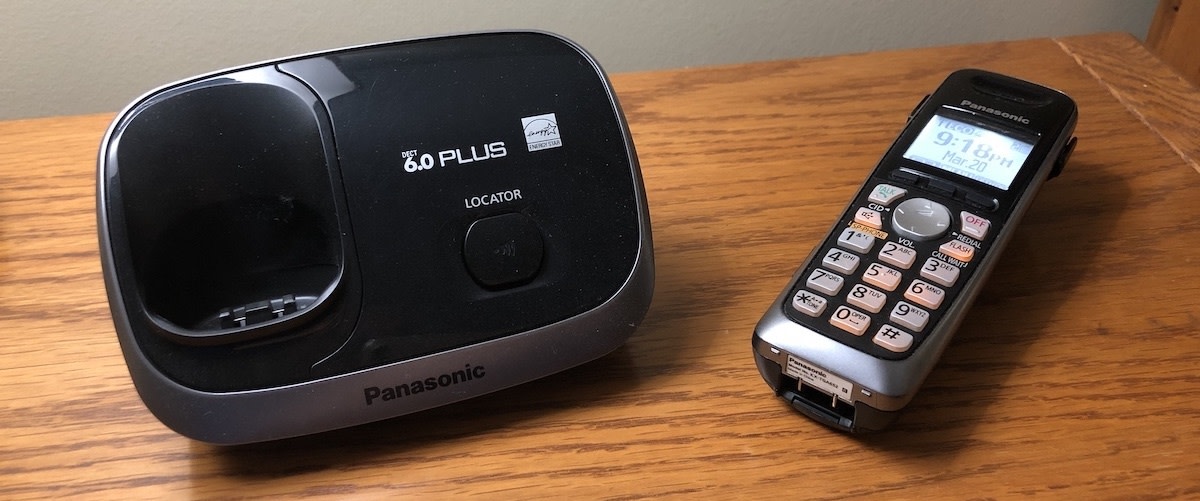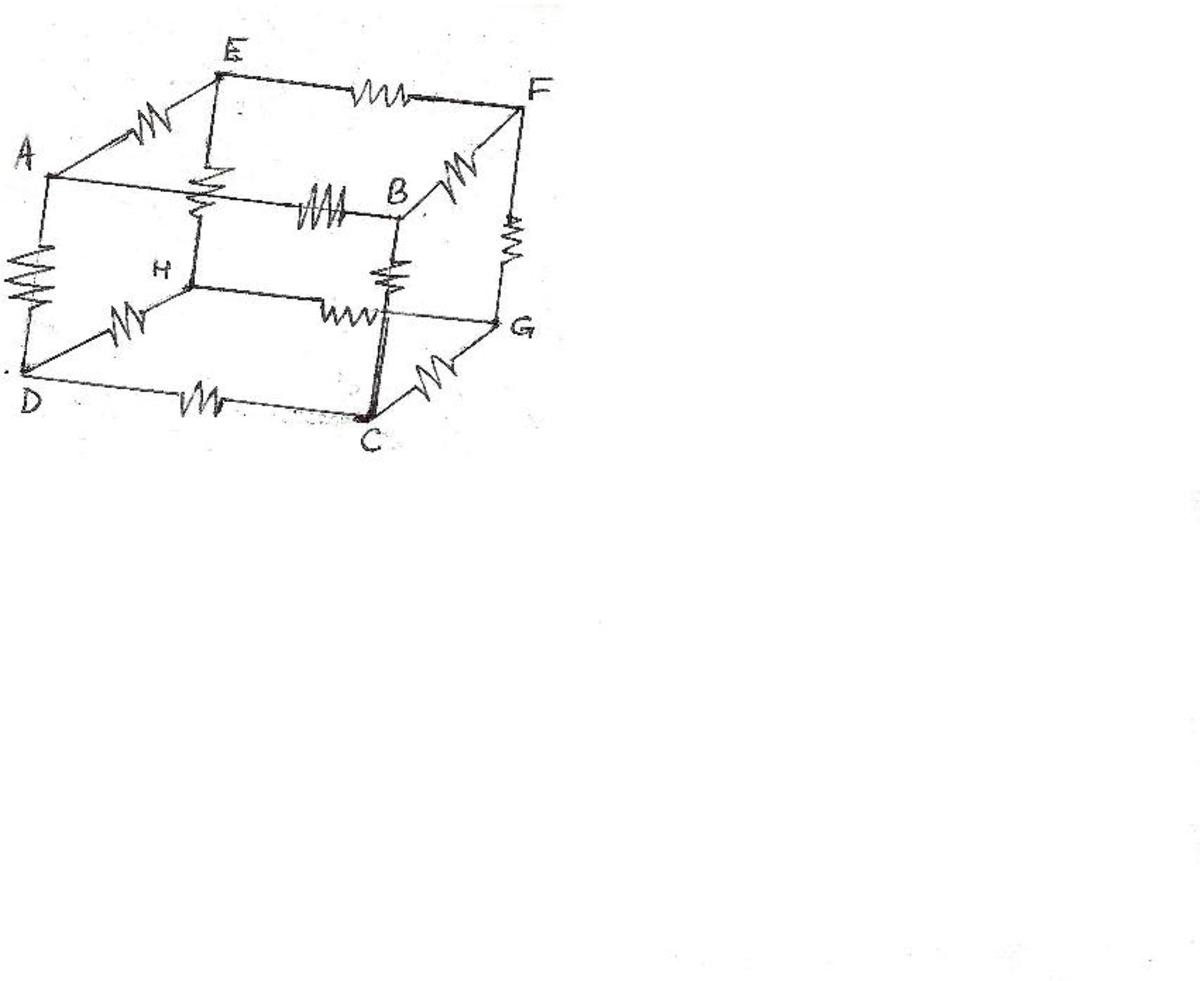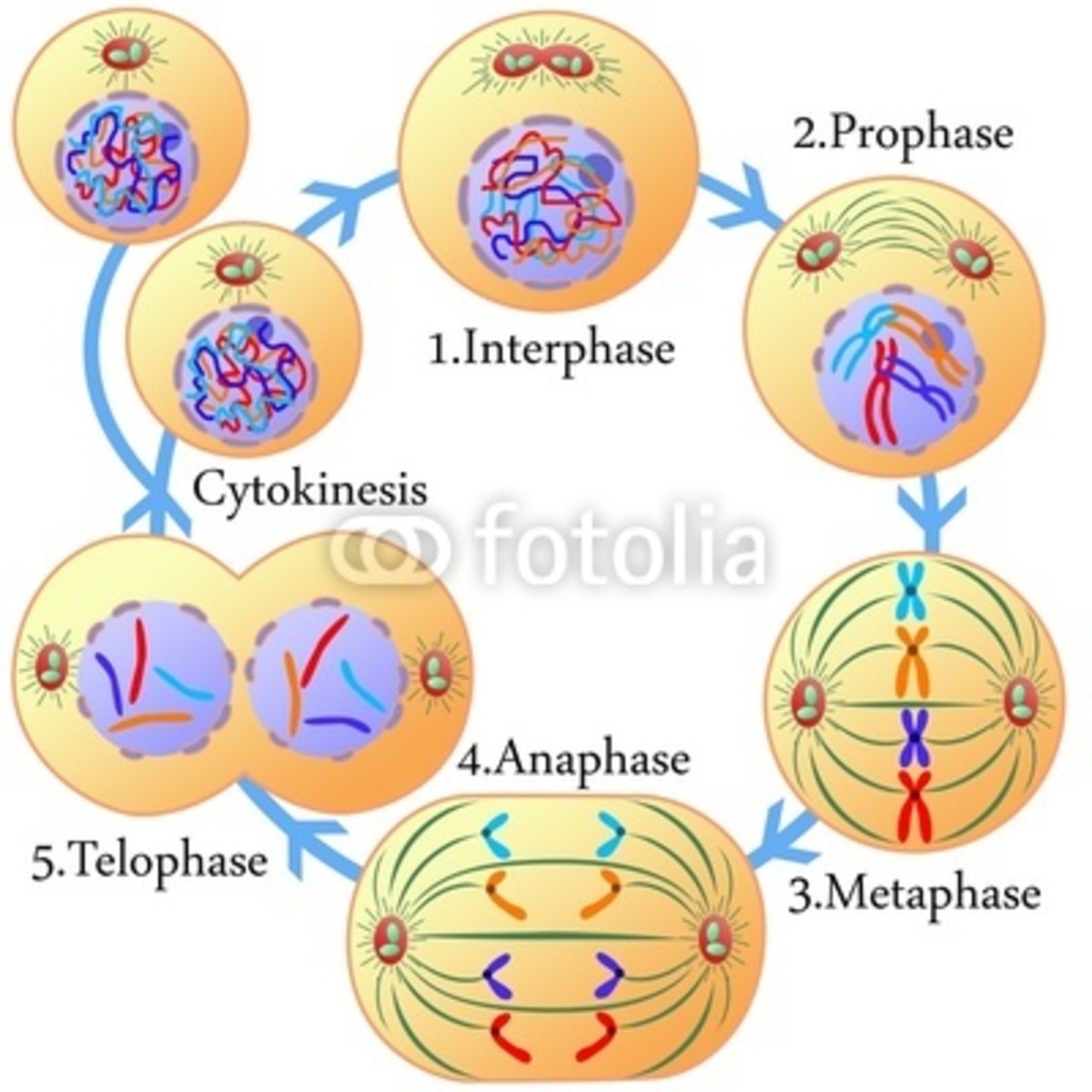Answering Essay Questions on Tests
As an adult, helping a child learn to solve problems-
The hardest part of teaching critical thinking / deductive reasoning skills is not giving the answer to the child. We use these skills many times each day, and often without realizing we are doing it. However, a child needs to learn to use the process we take for granted. It is especially important to ask questions rather than giving answers, and to ask questions that lead the child to the conclusion, rather than asking objective questions that get the desired information but do not flow into each other. Examples of leading questions include:
· Explain to me why you….
· And what do you think that means…..
· What do you think would happen…..
· What if you…….
· Hold on, I’m not understanding. Remind me again…….
All of these questions let the child know what information you are looking for, but make him / her independently complete one or more of the steps of problem-solving in order to provide you with an answer.
As the child becomes more capable of completing the problem solving process, he / she will begin to answer some of these questions without being prompted and will be able to give more elaborate answers to questions that will preclude you asking other questions.
One Approach…..
1. Read the question silently or aloud to the child.
“In your opinion, what were three major factors that contributed most to the downfall of the Confederacy during the US Civil War?”
2. Provide your analysis / thoughts on the question
“Ok, I know the Confederacy lost the Civil War. That’s in the question. I need to remember why. Oh, and I know that there is more than one reason, because I have to give three reasons and I have to give my opinion, so there’s probably more than three reasons.”
3. Verbally go through the process of answering the question.
“I’m going to make a list of the reasons I can think of for why they lost. Then I’m going to number them by what I think is most important to least important. Then, I’m going to cross off all but the first 3 so I don’t get distracted. Then I’m going to think about why I chose these three things. What are my reasons? What made them more important than other reasons? Then I’m going to write these things down, because that’s what will help support my opinion.
4. Offer to review these steps, and write them down if needed. Then, challenge the child to think about the question and provide his / her own answer, and offer to “compare” answers.
What it looks like:
Adult and child sitting together with question.
A: Ok, so what is the question we need to answer?
C: In your opinion, what were three major factors that contributed most to the downfall of the
Confederacy during the US Civil War?
A: When you read me that question, I know that I need to be thinking about the
Confederacy, about the Civil War, and that this is an opinion question, so I need to have details to support what I write. Is that what you learned from the question?
C: Yes.
A: The question says you need 3 reasons, so what would be the best thing to do first?
C: Make a list.
A: Of what?
C: Reasons they lost the war.
A: Good, go ahead and do that.
(child does it)
A: Now, we need supporting details, so let’s find those (present concept web, etc. to visually organize information and have child complete the form).
A: So what do you think were the three biggest reasons?
C: These (or some other phrasing to identify 3 reasons).
A: So what are your details to support this?
(child finds pages with those reasons and details)
A: Now, how are we going to organize this? Does it make sense to list our details first or our reasons?
C: Reasons first.
A: Great, so how do we start out answering the question? Remember, we’re giving an opinion, so we need to put that in the answer.
(child starts writing and may need help coming up with intro sentence)
A: Now, we need to give our reasons, and then our details to support each one.
(child does this)
A: Now, we have our introduction, our reasons, our details. Are we done? Do we need to do anything else?
(child gives answer or is not sure)
A: If it was me, I would write just a little bit more to make sure it’s very clear what I’m saying. (help write closing sentence / paragraph)
A: Now, let’s read through it one more time to make sure you have really answered the question…..








